Applied biotechnology in food
Hello everyone at Steemit, it is an honor for me to write again for you, I want to speak at this opportunity, of a topic that in my opinion is very important, due, basically to the changes that day by day, our world experiences, and I do not mean anything other than Biotechnology.
Taking into account that our world is constantly changing and that this change deserves from us, human beings a reaction, in response to this problem, our brain, has given the solution to this new proposal, and it is Biotechnology.
That is why I want to take this opportunity to, to tell you, about your application in regard to food.
Let's start

The word "biotechnology" is the result of the union of two others: "biology" and "technology". And it is that biotechnology is exactly that: biological technology. If you stop to think about it, living beings can be considered biological machinery. We use biological machinery in the form of molecules to move, get energy from what we eat, breathe, think ... But, what if we could use that machinery to solve problems of our daily life?
Biotechnology consists precisely in the use of the biological machinery of other living beings in a way that results in a benefit for the human being, either because a valuable product is obtained or because an industrial process is improved. Through biotechnology, scientists seek ways to take advantage of the "biological technology" of living beings to generate healthier foods, better medicines, more resistant or less polluting materials, more productive crops, renewable energy sources and even systems to eliminate pollution.
Genetic engineering is the key tool of modern biotechnology through which DNA is transferred from one organism to another.
The modification of the genetic information of microorganisms, plants, and animals has allowed improving agricultural practices and products.

The evolution of modern biotechnology was the result of advances in different disciplines of knowledge (cell biology, microbiology, genetics, statistics, biochemical informatics, engineering, among others) that laid the foundations for its development and application.
With the tools, techniques, and methodologies of modern biotechnology, it is possible to produce new varieties of plants faster than before, with improved nutritional characteristics, tolerance to adverse conditions, resistance to specific herbicides, pest control and much more.

Living organisms to which genes are transferred through the application of modern biotechnology are known as biotechnological, transgenic or genetically modified.
The difference they bring is that, nowadays, the man not only knows how to use the cells or organisms offered by nature, but he has learned to modify them and improve them according to their needs.
Some applications of Biotechnology
Human and animal health

1.-Disease diagnosis system
2.-Pharmaceutical products: antibiotics, vitamins, insulin
3.-Vaccines: the hepatitis B vaccine obtained through the modification of yeast.
4.-Gene therapy: treatment against diseases of genetic origin through the replacement and/or modification of genes that have an abnormal functioning.
5.-Molecular identity: the technique that allows the identification of people through patterns of genetic sequences for a paternity test and forensic genetics. In the animal, it is applied to study diversity, evolution, population genetics and breeding programs.
Industry
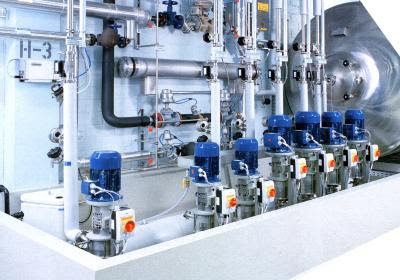
1.-Additives: citrus
2.-Flavoring
3.-Colorants: indigo blue
4.-Fuel alcohol: ethanol
5.-Lactic products (yogurt and cheeses) using parts or the whole organism (enzymes or microorganisms)
6.-Detergents: obtaining enzymes that degrade fatty acids, lipolase (Aspergillus), cutinase (Saccharomyces), proteins (Bacillus licheniformis) to eliminate blood stains, food, etc.
Ambient
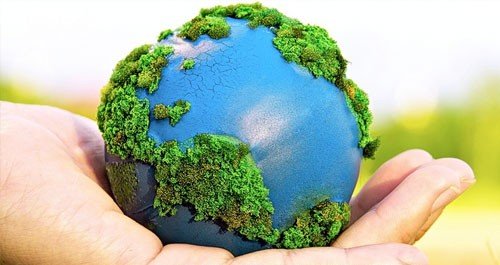
1.-Bioremediation: Treatment of contaminated liquid waste. An example of this application is the cleaning of oil spills using bacteria.
2.-Solid waste management: Use of bacteria, fungi for the degradation of organic waste.
3.-Bioleaching: Recovery of metals through their solubilization. Application of great interest to the mining industry.
4.-Diagnosis and detection of substances: Use of organisms, bacteria, plants, etc., that detect and report on the presence of specific substances acting as biosensors.
Farming
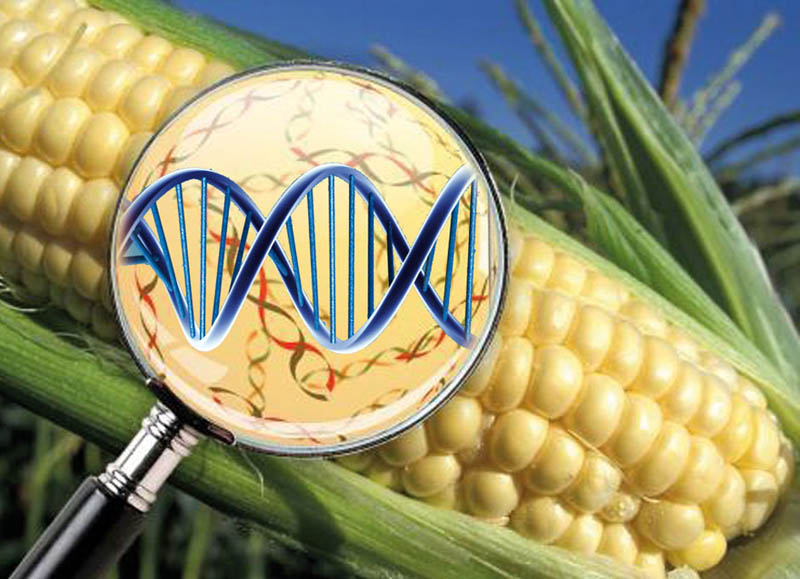
1.-Disease diagnosis systems.
2.-Agrobiological, use of living organisms or the substances produced by them to improve the productivity of crops or for the control of pests and weeds.
3.-Cell and tissue culture in vitro, for large-scale production of plants, obtaining secondary metabolites and genetic improvement.
4.-Genetically modified crops by gene technology.
5.-Conservation of germplasm.
6.-Studies of diversity, evolution, population genetics and breeding programs.
Some crops in which Biotechnology is being used are:
Carrots with higher calcium content
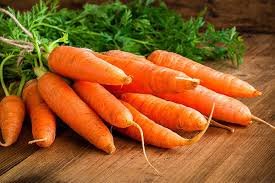.jpg)
Scientists from Baylor College of Medicine and A & M University of Texas (USA) have created genetically modified carrots that contain more of a gene that enables the transport of calcium in the membranes of plant cells.
This creation would become a new strategy to increase the calcium content in foods, and allow them to be used, for example, in the prevention of osteoporosis, a disease characterized by bone loss and increased risk of suffering fractures.
The gene-modified to increase the calcium content in carrots is called sCAX1, as explained by the researchers, who previously found that mice that ingested genetically modified carrots absorbed the same amount of calcium as those who consumed twice the vegetable in question. In addition, a study in adults showed that those who ate the transgenic carrots absorbed 41 percent more calcium than the individuals who ingested them in their natural form.
Transgenic potatoes with 60% more protein, and high levels of amino acids.
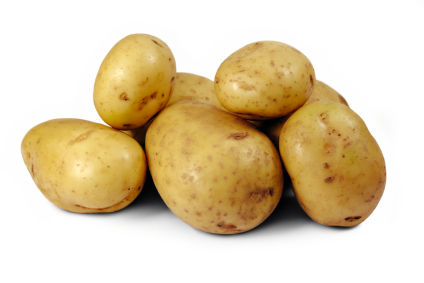
In an article published in Proceedings of the National Academy of Sciences, the scientists expressed the hope that the transgenic potato finds good acceptance because it uses an amaranth seed gene, another edible crop.
"Given that potatoes constitute an important part of the diet of many people in both developed and developing countries, it would seem that this can add value to potato-based products with greater benefits for improving human health," the authors wrote.
The amaranth is a tall plant, with abundant and wide leaves that produces small seeds. It used to be a central food in the Aztec diet and previous American cultures and began to grow in the United States in the late 1970s.
One of its genes, called AmA1, is considered important in agricultural terms because it provides the plant and its seeds with high protein levels and higher concentrations of several essential amino acids.
Led by Subhra Chakraborty of the National Institute for Plant Genome Research in New Delhi, the scientists inserted the gene into seven types of potatoes and then cultivated them for two years.
The team found that transgenic potatoes contain between 35 and 60 percent more protein than the unmodified vegetable. They also contain increased levels of amino acids, mainly of lysine, tyrosine and sulfur, which are usually limited in potatoes.
I hope this post is to your liking, I am deposited from you thanking everyone who reads this material.
for more information visit this pages:
www.biopositivizate.com
www.agrobio.org
@jorge150785
Muy buena su publicación